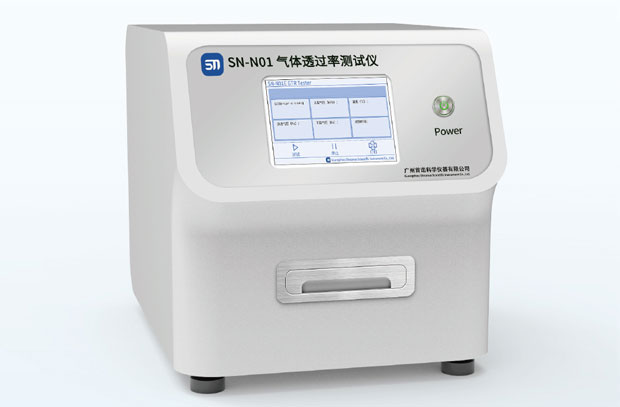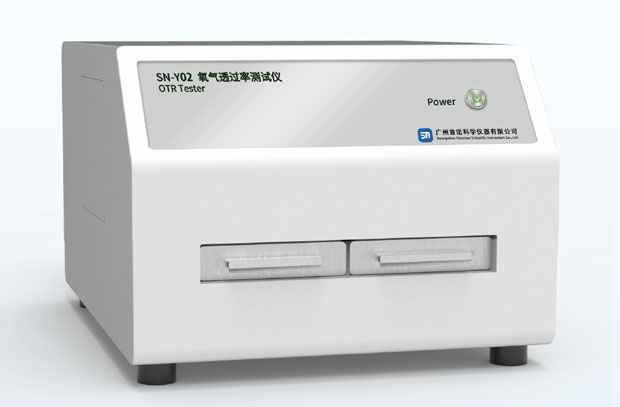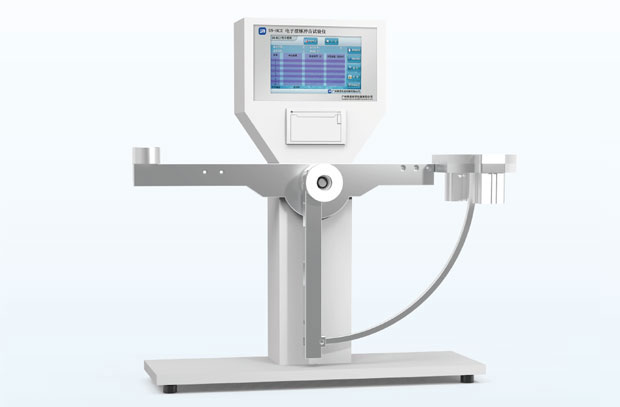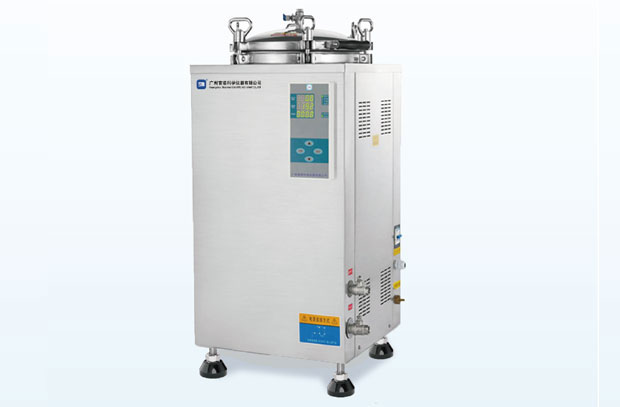Introduction to heat sealer
Heat sealer is a device specially used to evaluate the heat sealing performance of packaging materials under specific temperature, pressure and time conditions. The main function of the heat sealer is to simulate the heat sealing process in an industrial production environment. By heat sealing the sample and then measuring the strength, toughness and durability of the seal, it is determined whether the material is suitable for use as a packaging material.
Main components
1. Heating system: usually includes two upper and lower heating plates, which can independently control the temperature to simulate different sealing conditions.
2. Pressure system: controllable pressure is applied through a cylinder or other mechanical device.
3. Time control system: accurately control the heat sealing time, which can usually be displayed and set digitally.
4. Temperature sensor: used to monitor and adjust the temperature of the heating plate in real time.
5. Sealing fixture: used to fix the sample to keep it stable during the sealing process.
Main parameters
Temperature range: usually room temperature to 300℃, the specific range depends on the equipment model.
Pressure range: generally 0.1 to 1.0MPa.
Time range: can be accurate to millisecond level.
Heat sealer
Application prospects
The application prospects of heat sealers in the packaging industry are very broad, especially in the following aspects:
1. Flexible packaging industry:
Heat sealers are widely used to test flexible packaging materials for food, medicine, cosmetics and other products to ensure the reliability and safety of their sealing.
By optimizing the sealing parameters, the shelf life and user experience of the product can be improved.
2. New material research and development:
Help R&D personnel evaluate the heat sealing performance of new packaging materials, so as to screen out materials with excellent performance for actual production.
In the study of environmentally friendly packaging materials, heat sealers can help determine the sealing characteristics of biodegradable materials.
3. Quality control:
Random sampling tests are carried out during the production process to ensure that the sealing quality of each batch of products meets the standards.
For products with sealing problems, the heat sealer can be used to troubleshoot and find out the root cause of the problem.
4. Production process optimization:
Through the test data of the heat sealer, enterprises can adjust the production process parameters to improve production efficiency and product quality.
Provide data support and provide reference for the maintenance and debugging of production equipment.
Summary
The heat sealer plays a vital role in packaging material testing and quality control. With the development of science and technology and the improvement of people's requirements for packaging quality, the application prospects of the heat sealer will be broader. Especially in the fields of environmental protection and new material research and development, the heat sealer will play an increasingly important role and provide strong technical support for the development of the industry.













